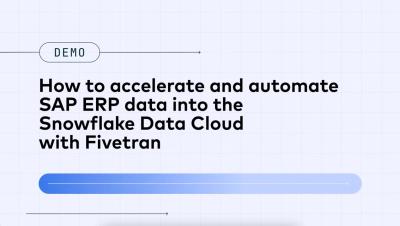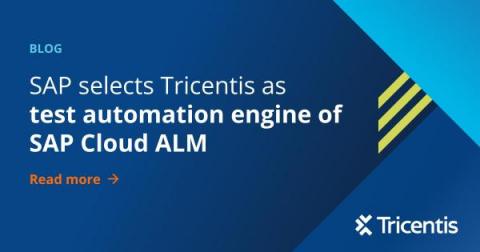Accelerate and Automate SAP ERP data into the Snowflake Data Cloud with Fivetran
Learn how Fivetran accelerates and automates data movement for SAP ERP data to the Snowflake Data Cloud. Using Fivetran’s fully automated and fully managed data movement service you can achieve self service data integration for all Snowflake data workloads quickly and securely and always 100% automated.









